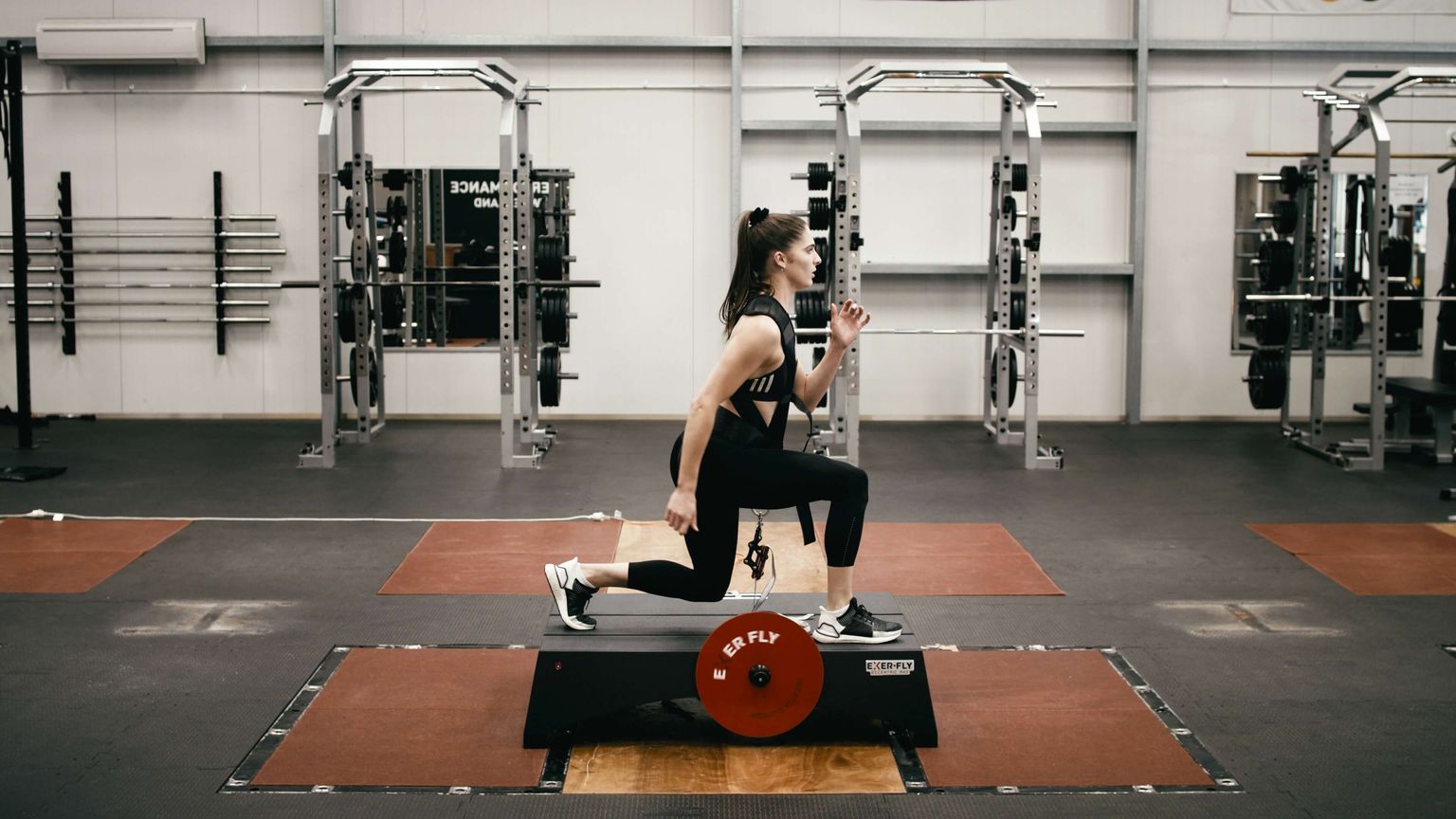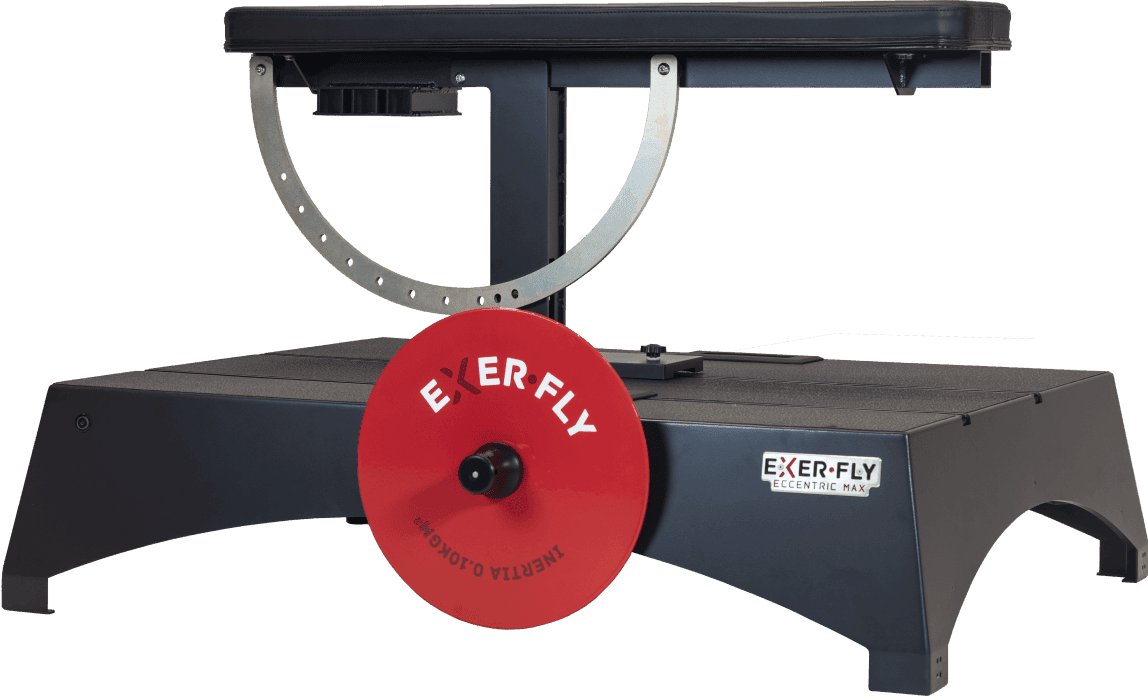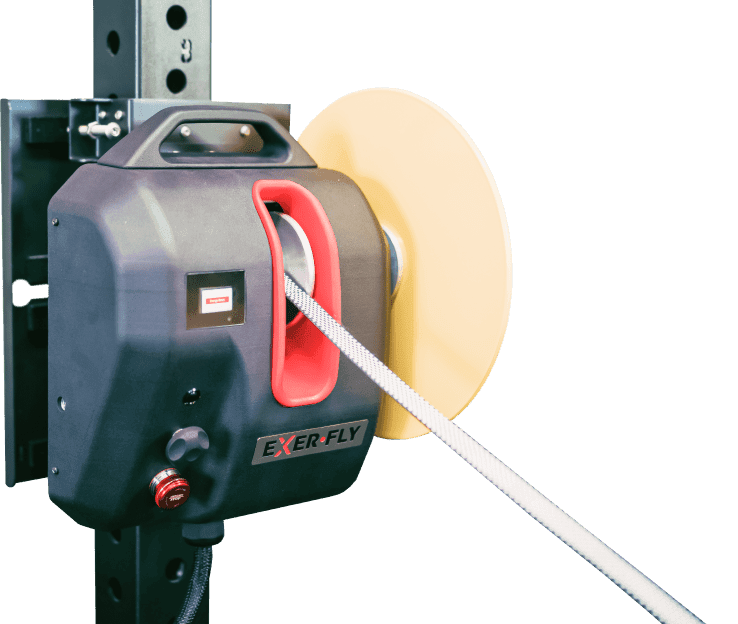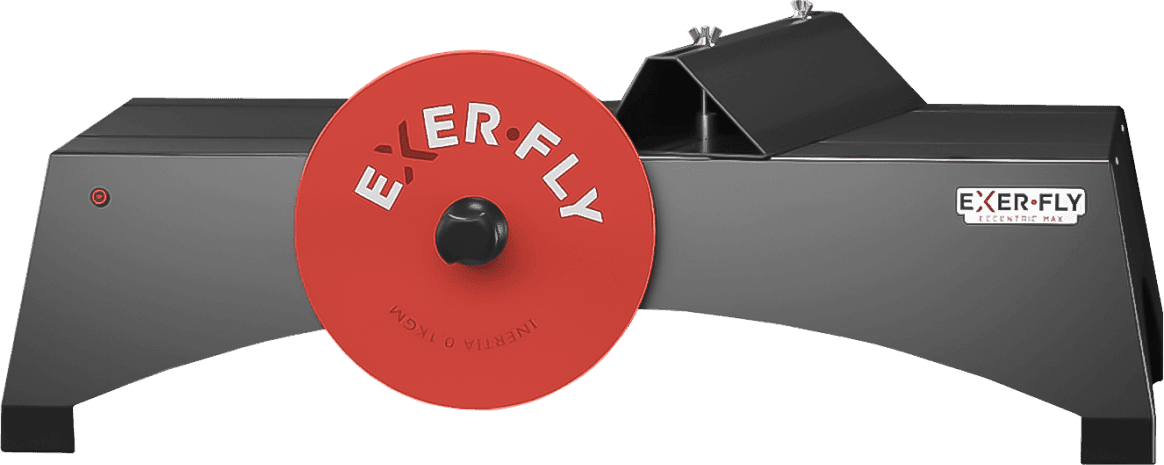
Greater Power but Not Strength Gains Using Flywheel Versus Equivolumed Traditional Strength Training in Junior Basketball Players
Introduction
It has been established in the scientific literature that strength training results in several morphological and neural adaptive changes in the human body.
Including increases in muscle's cross-sectional area, muscle fiber pennation angles, musculotendinous stiffness, motor unit recruitment, rate coding (firing frequency), synchronous motor unit activity, and neuromuscular inhibition.
These adaptations enable an increase in strength and power—quintessential for performance across a wide range of sports. This study compared the effects of flywheel and traditional strength training on fitness attributes.
What They Did
Thirty-six well-trained junior male basketball players volunteered to participate in the study. They were randomly assigned to 3 groups: the first experimental group, which performed strength training on a flywheel training device (FST), the second experimental group, which performed traditional free weights strength training (TST), and the control group, which maintained regular basketball practice.
During the program, all participants had 5 basketball training sessions (90 min per training) and one game weekly. In addition, participants were all familiar with resistance training regularly exploited throughout the season but without previous experience with flywheel devices.
Two sessions were conducted to familiarize participants with the training method to optimize training adaptations. Two experimental groups (FST and TST) attended 8 weeks of individually supervised strength training, 1–2 training sessions per week, with 12 training sessions total.
The number of training sessions and sets increased progressively throughout the program, with at least 48 h rest between sessions. The experimental groups (FST and TST) had the same number of training sessions, sets, and repetitions per set during the experimental treatment for each training session (equal volume training protocols).
Moderate inertial load (0.075 kg m2) was chosen for half squat and Romanian deadlift for the FST group. All other exercises except rotational pallof press for FST and TST participants were conducted with 85% of 1 RM.
Each training session consisted of 5 drills. The only difference in the two exercises: while the FST group practiced Romanian deadlift (RDL) and half squats (HS) on the isoinertial device, the TST group practiced half squats (HS) and Romanian deadlift (RDL) with free weights.
Two minutes of passive recovery was allowed between exercises and sets. For flywheel exercises, each set begins with two submaximal attempts that are not counted in the total number of repetitions. Then the subject continues to exercise with maximum voluntary attempts the required number of repetitions.
What They Found
Researchers found that the Flywheel group displayed significantly more significant improvements in strength, vertical jump, 5 m sprint time, and change of direction ability than the control group.
Interestingly, adding one/two sessions a week of flywheel training appears to be an appropriate strategy for enhancing lower body strength during competitive periods in young basketball players, while adding traditional strength training seems less effective.
These results suggest that flywheel training is a potent tool for strength and power-related performance attribute improvements in the well-trained population, broadly supported by several other studies.
Collectively, these data support the efficacy of flywheel training for improving a broad range of strength and power-related performance attributes in a well-trained population.
Practical Application
Low-volume/high-intensity flywheel strength training seems to be an efficient tool to induce strength and power-related adaptations in well-trained young basketball players. If you want to improve performance metrics such as vertical jump, 5 m sprint time, and change of direction ability, consider incorporating 1–2 sessions of flywheel training per week into your current training routine.
To follow the program of the study above, include up to 4 sets of 8 repetitions of the half squat and Romanian deadlift exercises performed with maximum concentric intensity.
For half squat exercise, begin with the concentric phase from about a 90-degree knee angle to near full extension and then continue, without stopping, the eccentric contraction.
Perform the concentric phase with maximum effort while applying maximal force after the first third of the lengthening phase to stop the flywheel at about 90% knee flexion, thus achieving eccentric overload.
For the Romanian deadlift, stand your Exerfly and place a bar in front of your body. In the initial position, ensure you are bent at the hips, your back is straight, your arms are outstretched, and the bar is below your knee (almost fully extended).
The exercise begins by raising the body with maximal voluntary contraction (concentric phase) to an upright position when the strap is stretched to the maximum. It is immediately continued by winding the tape, and the participants enter the braking phase to stop in the initial position (eccentric phase). The next repetition follows without a pause. The bar moves close to the body during exercise.
If you want to improve your fitness, whether for athletic performance or physique, book a free consultation with our team, and we can discuss which Exerfly device fits your outcomes best.
Reference
Stojanović MDM, Mikić M, Drid P, Calleja-González J, Maksimović N, Belegišanin B, Sekulović V. Greater Power but Not Strength Gains Using Flywheel Versus Equivolumed Traditional Strength Training in Junior Basketball Players. International Journal of Environmental Research and Public Health. 2021; 18(3):1181. https://doi.org/10.3390/ijerph18031181






